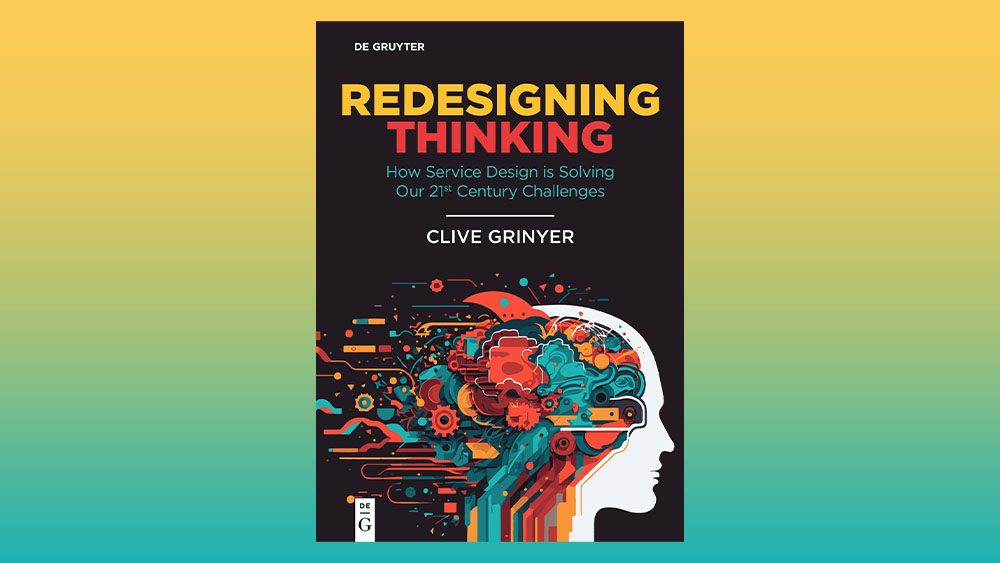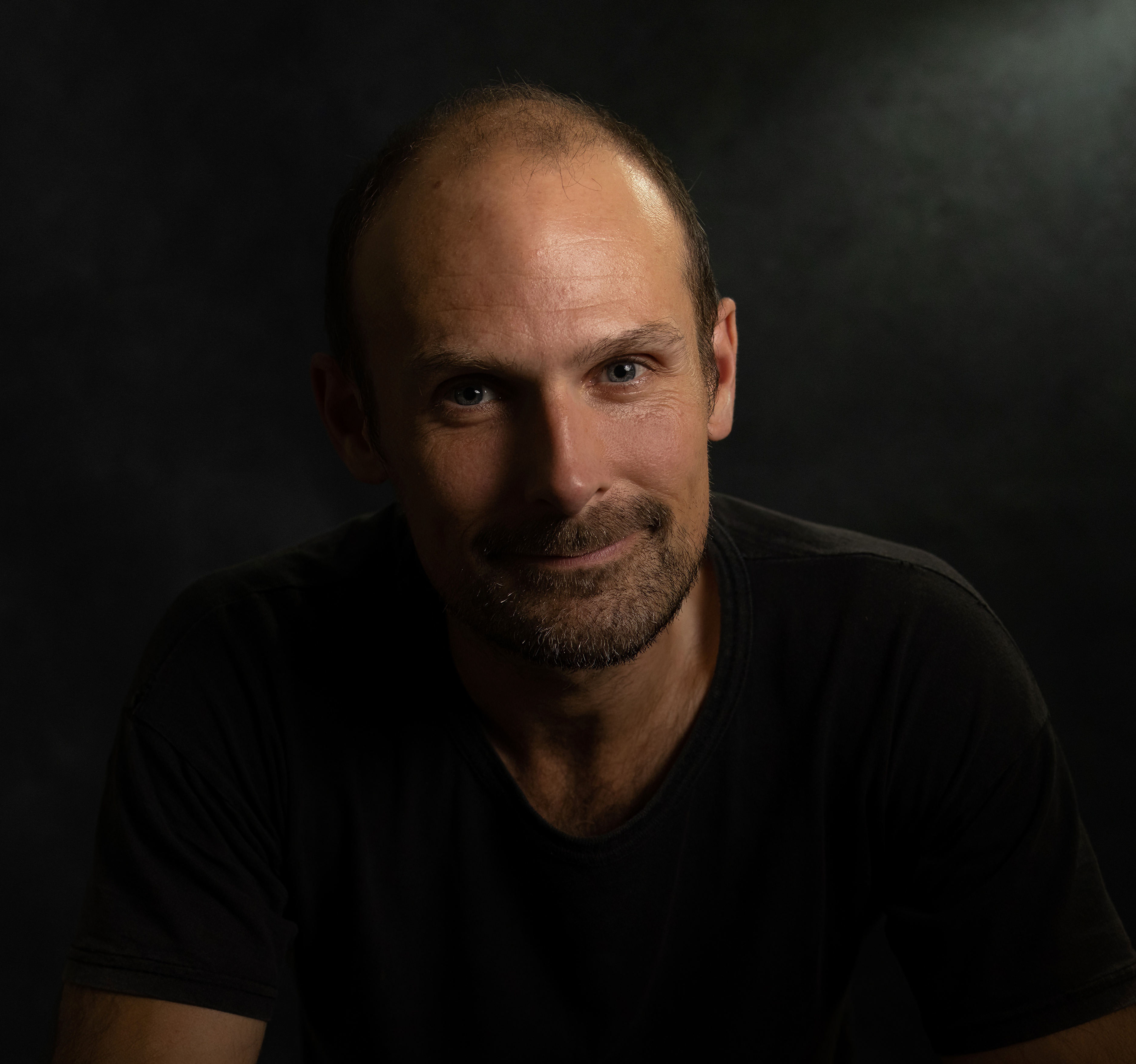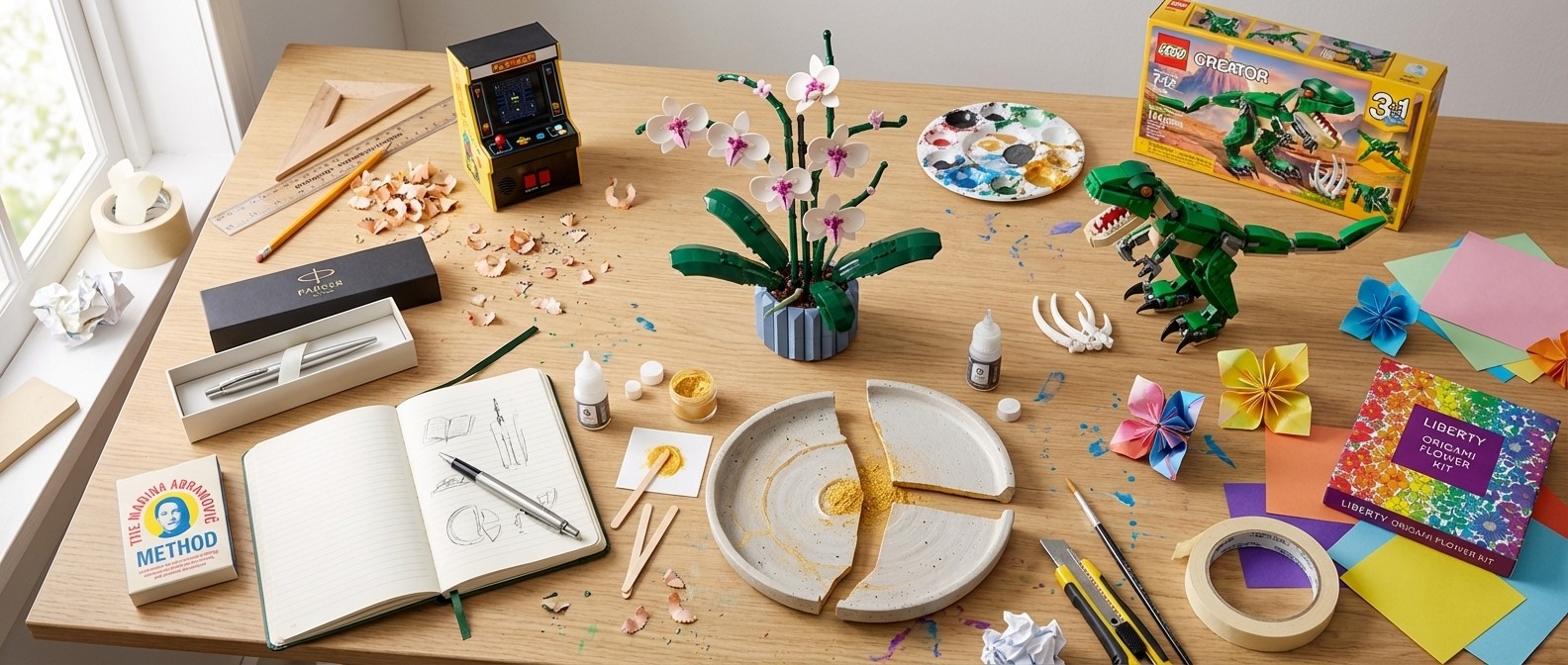Service design isn't just a buzzword – it makes happier people
Design companies need to catch up with this invisible field, says Clive Grinyer.
Many design disciplines focus on specific outputs – an app, a website, a product or graphic communication. But people's experience of an organisation or brand usually involves more than an individual touchpoint. This is where service design comes in.
Service designers focus on the overall objective and the purpose that connects these touchpoints on the customer journey. They seek to transform services and solve societal problems, often using similar methods and tools to UX design.
As a discipline, service design is still relatively new. A course at the Royal College of Art in London (RCA) only began in 2012 and many people haven't even heard of the term. But that's starting to change. The designer Clive Grinyer, who has just published a new book on the topic, says service design has become hugely popular to study internationally, and its influence is growing as more organisations become aware of the importance of a more strategic view of design.
Clive was co-founder of the design consultancy Tangerine, where future Apple design chief Sir Jony Ive cut his teeth. He went on to lead design teams at Orange, Cisco, and Barclays Bank and has provided training for companies including the Bank of England and Lego. He also served as Director of Design and Innovation for the UK Design Council and more recently Head of Service Design at the Royal College of Art.
I caught up with him to learn more about this overlooked form of design, why it matters, and why redesigning an app might not be the solution.

How do you define good service design, and how do you validate it?
Great service design is often invisible as it solves problems and removes barriers, which isn’t necessarily noticed as much as a shiny new product. The example of GDS (Government Digital Service) redesigning every government department from a service design perspective and removing many frustrating and laborious aspects of public life from taxing a car to getting a passport, is one of the best.
The core of service design is the double diamond framework that starts with identifying the problem to be solved, who has the problem and where the system may be causing barriers and difficulties. User research and journey mapping of the current journey provides insight into what to fix and where opportunities for innovation and better customer experience lie.
Creativity starts after the problem has been framed and success has been defined. New journeys create a vision of what success looks like and touchpoints, systems, interactions and the new customer experience is envisioned. Creating stories, prototyping key parts of the experience and developing a blueprint validate new service experiences and map out the changes and actions required to create the new experience and outcome.
Success is measured in improved customer satisfaction, better business results, stronger loyalty and longer relationships. It produces more efficient systems that don’t need reworking and remove frustration and the need for call centres to answer problems. It creates more collaborative organisation with a clear view of who they are serving and their purpose.
How does service design interact with UX?
I often say that service design is NOT app design. An app is only a part of the solution. Asking what problem an app or a web site solves is more important. In my book, Redesigning Thinking. I have examples where redesigning the app was not the solution: the problem lay somewhere else and an app was not required.
Many of the good design practices of UX are exactly the same as used in Service design. Research to understand the problem. Creativity and prototyping to test before you build in order to create a better user experience and reduce risk of the rework that is required in so many poorly designed IT and UX projects.
I have examples where redesigning the app was not the solution: the problem lay somewhere else, and an app was not required.
But service design is not just the experience we have through the glass of a screen or a device: it’s designed from the starting point of the broader objective and may include many other channels and touchpoints. I think it was Colin Burns who said a product is just a portal to a service.
What skills does a service designer need?
A great service designer is someone who is curious, often insanely curious, to find out what and why things are happening, through research, data and insight. Then they need to be courageous, to share reality and the knowledge and insight with leaders and managers. And finally collaborative, to facilitate collaboration across an organisation and bring together everyone’s creativity and passion to develop better solutions.
Empathy is key: service design is not ego, its hard work and the power to inspire any organisation to raise their ambition and do better.
What makes it hard for brands to think in terms of service design?
Brands are central to service design and ought to embrace it. Service experiences provide opportunities to experience brand values across a customers journey from finding a brand to chasing it and living with it. Values delivered through an experience are much more powerful than merely marring and communications. Lived brand experiences build trust and loyalty.
Service designers are often so focused or removing pain and ensuring they deliver a service experience that is seamless and actually works, we sometime forget to bring in brand values to the solution. Where is the point where you should feel trust, or respect, or excitement? It's not just in an add oven the product: it’s the whole experience that should bleed the DNA of a brand.
But I’m not sure this is well understood by brands. They should go and hire a service designer immediately, as should design companies, who are way behind with service design and could really benefit from a more strategic and cross-experience approach.

What was the inspiration for Redesigning Thinking?
Over the last decade I’ve been developing executive education courses and design training for a wide ranging, mostly non design audience, first for the RCA and then Now+Next, the company I founded with Anja Klüver. I really enjoy taking people on a journey through the tools and approach of service design and see them use them to redesign their services.
I wanted to share those tools, methods and way of thinking with a wider audience. I have seen many truly terrible decisions made by many leaders and managers and I believe that adopting a service design way of think can benefit us all and lead to reduced risk, less rewiring and happier customer, citizens and organisations.
I had been speaking with Lord John Bird of Big Issue fame about social policy, and he had talked of the need to reinvent the way we think when we design policy and try to reduce poverty. I invited him to see the work of the service design students at the RCA, who were working on post-Covid Big Issue solutions and looking at other social problems such as with the prison service. He loved what he saw and when I asked him what he would redesign, he said he wanted to redesign thinking. This led to the title of the book and his powerful foreword.
It's a book for those who are interested in service design and any aspect of design but it is aimed at those who are new to design. It’s a book to wake people up to new ways of thinking that are required to respond and prepare for this time of social inequity, crisis in mental and physical well-being, climate crises and legislation, purpose led business and the threat and opportunities of AI and other tech. The old thinking isn’t fit for purpose and design has a huge contribution to make to how we solve the problems of today and prepare for the challenges that are coming
What’s been the most complex challenge you’ve come up against in service design?
Probably working with banks, who are fantastic at compliance and regulation and protecting our money. But they are not so good at understanding customers or even having empathy for their own people.
But with burning platforms and wicked problems comes the opportunity for impact and success. Developing a team at Barclays who helped develop an understanding that they were creating journeys, not just products. That they were helping people manage their lives, not just holding their money. And that the process shown on a Powerpoint slide had no bearing on the actual experience a customer had.
Designing service is complex and combines a human centricity, many design and non design methods (such as behavioural science) and system thinking, to untangle the complexity of a system and find the levers that can enhance its behaviour. But there is no such thing as no design: decisions are made, processes are complex because of the decisions, and therefore design, that happens every day, just accidentally, unconsciously and often badly.
What’s your process like when working with a client?
In our training, we take people through the whole process starting with understanding who your customer or service user is, what data and insight do we have or need to get, understand that system that is around them and the real experience they have, often connecting organisations to their own underused insight teams. This is usually a journey of epiphanies and OMGs.
People have no idea of how terrible interactions with their organisation are. But we analyse the patterns, understand the problems and develop solutions that fix problems and create better solutions. Service design is always in balance with finical reality and the capabilities of an organisation,a combination of vision and pragmatism.
People have no idea of how terrible interactions with their organisation are.
Delivery of better solutions involves collaboration, a shard vision of who you are serving and what their needs are and very individual’s purpose in delivering batter outcome. We take organisation through these processes and mentor through out real projects to help ensure success. People drive their organisation to a better outcome, we just provide the rails.
Daily design news, reviews, how-tos and more, as picked by the editors.
Have you ever faced resistance?
People are entrenched in their ways of doing things and frightened of change. But when they uncover problems and opportunities they can solve or take, learn to think from a customer-centred point of view, create together and work collaboratively, energy and purpose is unleashed.
When people experience service design they always get it – but you have to evangelise, show the value in numbers that mean something to the organisation and use guide, diplomacy and resilience to get over the line. It’s never easy and some aspects of the process feel counter intuitive.
But we have to move on from the wold of fast solutions that don’t work for the people who have a problem and don't solve the problem. We have to cajole and persuade always, but service designers are creating good outcomes to difficult problems and creating happier customers and people!
Published by De Gruyter, Redesigning Thinking: How Service Design is Solving Our 21st Century Challenges is out now. Readers can claim a 30% discount using the code DGBREDESIGNTHINK30 at De Gruyter.

Joe is a regular freelance journalist and editor at Creative Bloq. He writes news, features and buying guides and keeps track of the best equipment and software for creatives, from video editing programs to monitors and accessories. A veteran news writer and photographer, he now works as a project manager at the London and Buenos Aires-based design, production and branding agency Hermana Creatives. There he manages a team of designers, photographers and video editors who specialise in producing visual content and design assets for the hospitality sector. He also dances Argentine tango.
You must confirm your public display name before commenting
Please logout and then login again, you will then be prompted to enter your display name.
